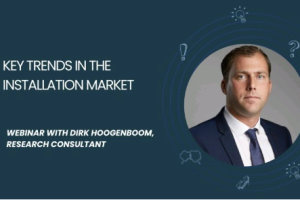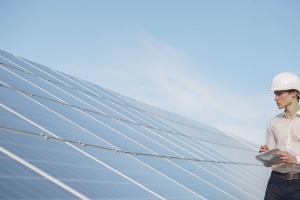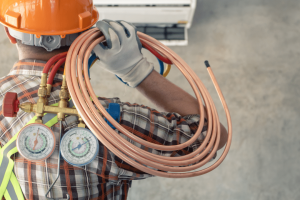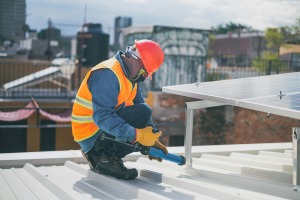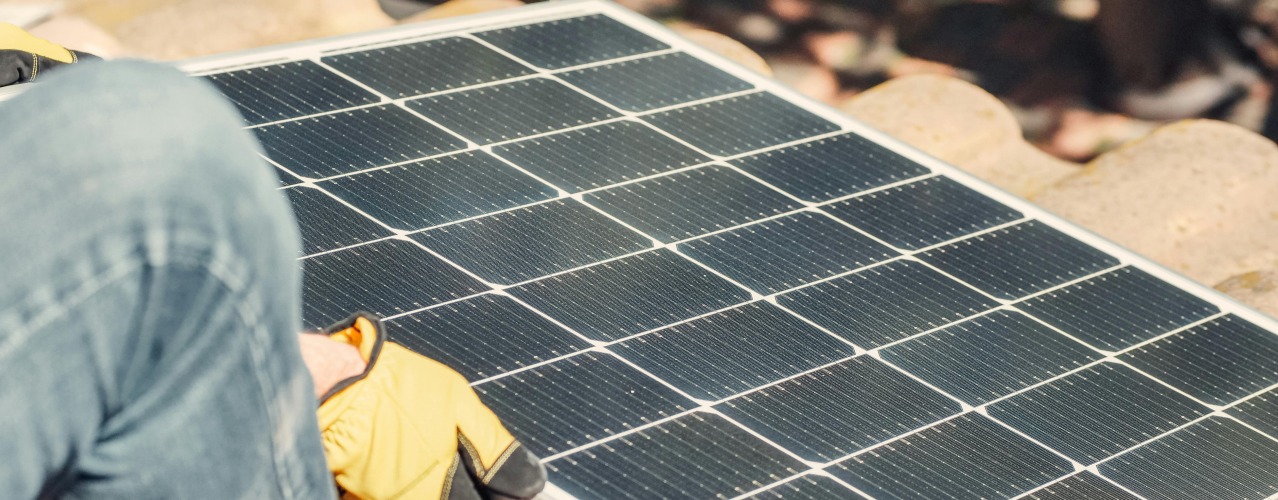

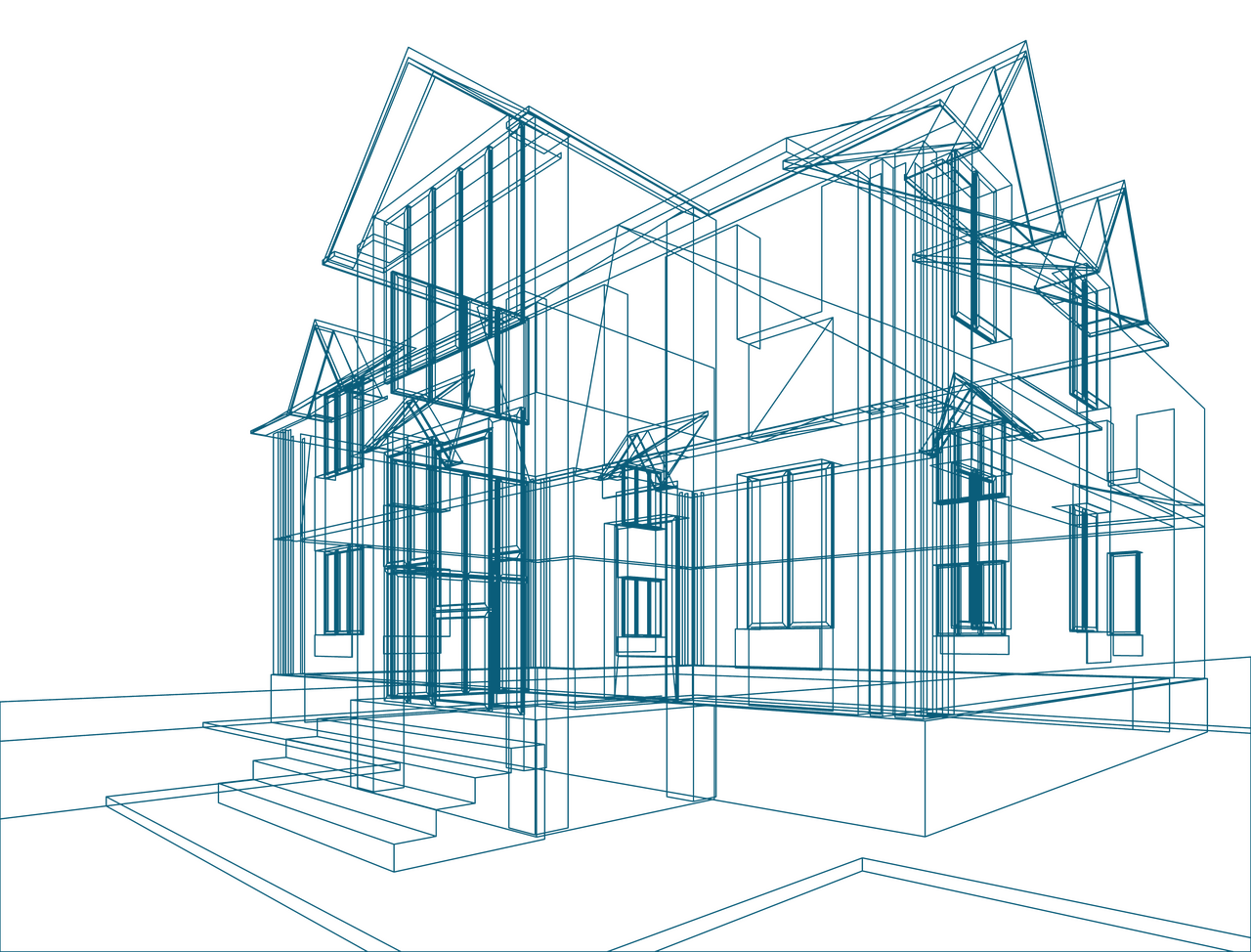
Market report
Trends in installation industry
Discover the latest trends and insights in European electrical installation monitoring with the market report available at USP Research. Stay informed and make informed decisions.
Blogs I published 05 September 2024 I Dirk Hoogenboom
Trends To Watch in the Installation Sector
Ever stop to think about what makes your morning routine so smooth? Say, stepping into a warm shower on a cold day, or the flip of a switch filling your room with sleek and cozy light? That’s all thanks to installation pros working behind the scenes. They’re the ones making sure your water’s hot, your Wi-Fi fast and your AC-unit gets you through summer peaks.
Daily comforts of our home-life are powered by the installation industry, but as technology evolves and our needs change, market dynamics shift. New trends keep emerging, reshaping the way we think about home comfort and the services we expect moving into the future. So, what can we expect? Let’s take a look at where the sector’s heading.
Sustainability
The construction and installation industry gets a lot of heat in this respect, and for good reason – they’re big polluters. Building operations – installation’s principal domain – take up some 30-odd percent of global CO2 emissions, making it a significant player in global warming. The good news? One of the core trends we’re seeing is a turn towards sustainable practices in the industry, with eco-friendly projects increasing all throughout Europe (41% Poland, 44% Belgium, 48% UK and Spain and 50% Netherlands).
Forecast For Sustainability – The Whats and The Whys
The Russo-Ukrainian war rippled into an energy crisis, driving a surge in demand for sustainable solutions. As gas prices went up, the speed of adoption in sustainable alternatives grew, and we saw a big boost. Today, the market is either stabilizing or seeing negative developments.
With both gas and electricity prices stabilizing and government incentives being withdrawn, it’s safe to say the sense of urgency has decreased strongly. Take heat pumps and PV for example; for quite some time, they drove the share (59% and 21% respectively), but the numbers are now slowing down.
One of the reasons why sustainable projects are slowing down is due to new build still struggling. Sustainable retrofits often involve significant structural changes, so from labor to material prices, these modifications are expensive and disruptive. This means it’s cost-effective and efficient to incorporate sustainability features into new construction from the outset. But if there’s less outsets, there’s less sustainability.
Despite the rapid development of green technology, there are still challenges to overcome. The energy grid is often congested – leading to increased energy consumption during peak hours – and reliance on battery storage for renewable energy can be expensive. These factors contribute to the ongoing development and refinement of green technology, making it a trend in flux.
So while the initial increase may flatten out, come end of 2025, 2026, we expect more growth in sustainability (product and packaging features will continue to become more important).
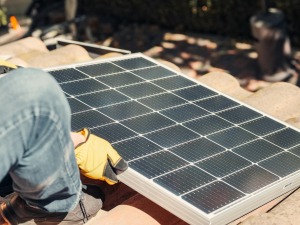

Labor Shortage
A refrain of sorts, and a major trend we’re not likely to soon resolve, is a significant labor shortage straining the market. Looking at demographics, Europe faces unfavorable odds: an overwhelmingly aging population means that the average age of workers in the industry is high too, with a large projected outflow incoming in the next 5-10 years.
Take HVAC installers – France shows a shortage of 46%, Poland of 56%, Belgium 67% and The Netherlands 65%, so the market is severly hindered. Electrical installers face, more or less, the same statistics (44% for France, 62% for Poland, 55% for Belgium and 61% for The Netherlands). Beyond hands-on-deck, we’re looking at labor productivity that hasn’t increased – especially compared to global stats. Advanced systems take longer to install, so where a gas boiler might have been installed in just a day, a heat pump can, now, take up to three days. This means productivity is taking a hit.
On the other hand, work itself is becoming more complex, and that means skills. Today’s installations require a whole new level of expertise, from understanding complex systems to working with digital interfaces. Coupled with fewer people working the industry, installers have mostly turned to hiring unqualified staff and subsequently training them (38%), with a minority asking for higher prices (11%), translating to an unskilled workforce.
All this means projects are getting delayed, costs are rising, and it’s becoming harder to meet customer expectations. For manufacturers looking to capitalize on this situation, read more about how to combat labor shortage in the installation industry.
Digitalization
Digitalization is making its mark on the installation sector, but the journey has been gradual, with some aspects moving faster than others. The key feature to focus on is building information modeling, or BIM – holding great promise for increasing productivity, reducing on-site errors and enabling more efficient prefabrication. The adoption pace has, however, been relatively slow among installers due to the push to renovation and a traditional industry.
BIM usage is only slowly increasing among installers. Their adoption rate is significantly lower than contractors and architects. One the one hand this is due to their higher renovation activities and on the other hand the high traditional nature and the lower need to work in BIM.
Other digital tools are gaining traction more quickly. Communication tools like WhatsApp and social media have become indispensable for installers, especially when coordinating with wholesalers. They streamline communication, making it easier to manage orders, track deliveries and ensure that projects stay on schedule.
Smart and connected products are another area where digitalization is on the rise. Monitoring and managing them remotely allows installers and service providers to take pre-emptive measures, addressing potential issues before they become serious problems. This not only saves time but also enhances the overall efficiency and reliability of installations.
Looking further ahead, there’s a lot of buzz around the potential impact of cutting-edge technologies like AI, robotics and virtual reality. These tools could revolutionize the installation process, offering new ways to design, plan and execute projects, however – with limited application areas and low uptake across the industry – the transition is in early stages. For now, they remain on the horizon as long-term trends to keep an eye on.
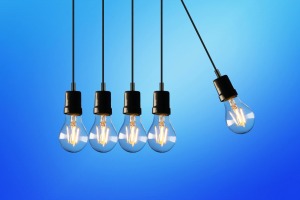

Prefab
We’ve gone over the data on prefab trends in detail, but looking specifically at the installation industry, there’s information to unpack. Due to the labor shortage and more complex installation projects (electrical and mechanical), productivity levels took a dip. Now they’re deteriorating even more, and prefab seems like a way out. Granted, it’s no panacea, but it’s a promising trend, pushing installation to become faster, cheaper and better.
Increasing productivity relies on more ready-made components, from prefabricating cut-to-length plumbing pipes to installing complete bathrooms or kitchens. The “simple stuff” has already been covered – think hotel bathrooms – but there are still strides to be made to significantly increase productivity and time-saving. So, with labor shortages inevitably driving the market towards more prefab and higher levels of industrialization, adoption levels and speeds should increase.
Buying Behavior
A whopping 96% of electrical installers spend 75% of their wallet in specialized wholesale. Next up are direct purchases from manufacturers with 26%, with pure online at a strong 5%. HVAC installers are in line with the trend, but come back with even higher counts – 97% of them spend 77% of their wallet in specialized wholesale, 10% in direct purchases and pure online at 3%.
The takeaway? Installers are a traditional bunch. But lately, we’re seeing a bit of a change. While wholesale still takes a sizeable chunk of the market – some 60-70% of it throughout Europe – the grip is loosening a little, especially in the mechanical sector. And it’s because more and more manufacturers are selling directly to customers (particularly true for systems like heat pumps and air conditioning units).
Country-to-country, the numbers are telling – The UK shows the highest share of pure online (7%), Germany prefers DIY-stores (13%) and shows the least SOW for specialized wholesale (64%) – with a reciprocal high share of direct supply, while Poland is most traditional, with an 80% SOW for specialized wholesale.
Online sales are also creeping up in this space. People are starting to explore these options, even if it’s just a small part of their overall spending right now. While sales aren’t as telling, online orders at traditional specialized wholesale, we see significant growth going fast. So Europe is ordering online more, just not yet from pure online stores.
So, while specialized wholesalers are still the preferred option, the way people buy in the installation market is slowly evolving, and it’s something to keep an eye on.
Conclusion
Wrapping everything up: from the push towards sustainability, an ongoing labor shortage to the steady march of digitalization, the installation sector is clearly in flux. These shifts may sound technical, but they directly impact our everyday lives, from how quickly you can get your new heat pump installed to how affordable and efficient home upgrades might become.
Curious about how these trends will continue to evolve? Our blogs will keep you in the loop, from in-depth articles to expert insights and the latest industry news. For a deeper dive, check out our webinars where we discuss these trends and more with industry professionals. Stay informed, stay ahead—because the future of installation is just getting started!
Installation Consulting Services for You
We provide tailor-made market research and off-the-shelf reports, both B2B & B2C, qualitative and quantitative. Here are some you might be interested in
Monitor and improve client relationships to drive loyalty and repeat business in construction.
Map out key interactions and pain points to refine the overall construction experience.
Identify the aspects of service or product that most impact satisfaction in construction projects.

Read more

Fresh Insights Await
Our relevant reports
Delve into the newest findings across various market segments, crafted for a cutting-edge overview. Explore our insightful reports, brimming with up-to-date data, trend analyses, and in-depth examinations, all tailored to provide you with a comprehensive understanding of the current market dynamics.
Construction
Home Improvement
Installation
Special reports










